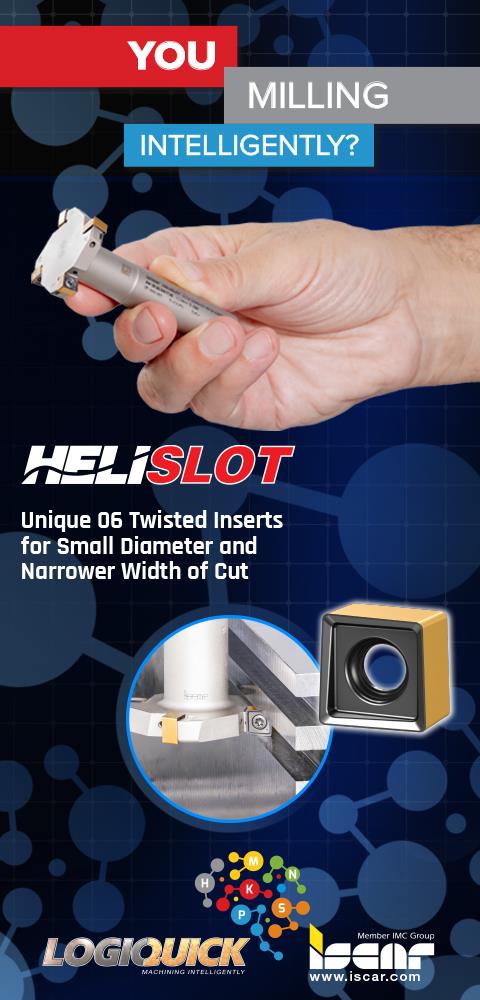








Smart Manufacturing Industry Report
November 1, 2018
SME has issued the second of a three-part series about smart manufacturing.
The Smart Manufacturing Report Series helps manufacturers consider, evaluate and execute strategies to become strong entities as the industry shifts to integrated and flexible and advanced manufacturing technology and tools. The top two challenges for manufacturers implementing smart manufacturing solutions are finding skilled people and figuring out where to begin, according to SME's "Manufacturing in the New Industry 4.0 Era" survey.
SME's second report of the series explores how to get started defining strategies and implementing solutions by identifying seven essential critical technology elements (CTE) building blocks. Manufacturers looking to move to a smart manufacturing enterprise must ensure that these seven CET building blocks are integrated, based on company business goals.
The seven building blocks are:
- Smart Devices-Smart devices add a layer of intelligent functionality around existing industrial control system activities and automation solutions that currently require manual (human) intervention. Functionality includes the ability to perform necessary communication, computation and control function by networking with other smart devices, smart hubs/gateways and edge computing platforms to transform legacy capital equipment into smart machinery, work cells, production lines, plants/factories and enterprises.
- Smart Interfaces-Tablets, phablets and smartphones are some of the devices allowing human-machine interfaces to improve operations and maintenance activities. These devices facilitate mobile remote monitoring and control of other networked smart devices and smart machinery, the use of mixed reality technologies for the automated delivery of digital work instructions and diagnostics information, and more. Both wired and wireless technologies enable device-to-device, device-to-equipment and equipment-to-equipment connectivity via smart hubs/gateways to establish new IT/OT interfaces between the two systems via the IIoT infrastructure.
- Edge Computing Devices-These devices, such as sensors, produce and collect data at the "edge" of the network. The important differentiation is that, through these devices, data is aggregated and analyzed close to the source instead of in the cloud. The devices provide edge intelligence and control at each hierarchical manufacturing system level, interface with the edge networks immediately above and below them, and provide interfaces with centralized IT data management system and OT industrial control system software. This data is actionable right at the site of the machine location, helping increase productivity, reduce unplanned downtime, improve quality and more.
- Software Platforms and Apps-All of this technology is made possible through software platforms and apps providing intelligent functionality at each hierarchical edge boundary within the manufacturing system. This includes software platforms and apps that are bundled with commercial off-the-shelf smart devices and smart interfaces; offered by machine tool vendors as part of OT solutions; and provided by independent software vendors as part of IT solutions. These third-party software platforms and apps can be customized and provide smart manufacturing solution retrofit intelligent functionality.
- Data Management Systems-The collection and analysis of accessible, relevant and secure data helps manufacturers boost efficiency and reduce costs. The challenge is that today's smart systems collect a huge amount of data. Data management systems provide intelligent filters and protocols that only share data that falls within predefined parameters to the functions that need it across the enterprise.
- Big Data Analytics-Big data analytics provide advanced analytical techniques such as statistics, machine learning, artificial intelligence, condition based maintenance, prognostics and health management to uncover and learn from hidden patterns in very large diverse data sets using information that was previously inaccessible or unusable.
- Safety and Security-The function of the safety and security CTE is to proactively protect manufacturing systems against operator safety issues due to human-machine interactions and cybersecurity vulnerabilities associated with integrating IT and OT systems. Safety and security is an emerging area where additional research and development is needed, allowing the IIoT infrastructure to be reconfigured and additional layers of protection implemented over the system lifecycle.
According to the report, the most powerful benefits of smart manufacturing are: increased productivity, improved operations, better/faster decision making, increased competitiveness and greater access to data.
The full is available at www.sme.org/smartMFG.
For more information contact:
SME Headquarters
One SME Drive
Dearborn, MI 48128
800-733-4763
www.sme.org
< back